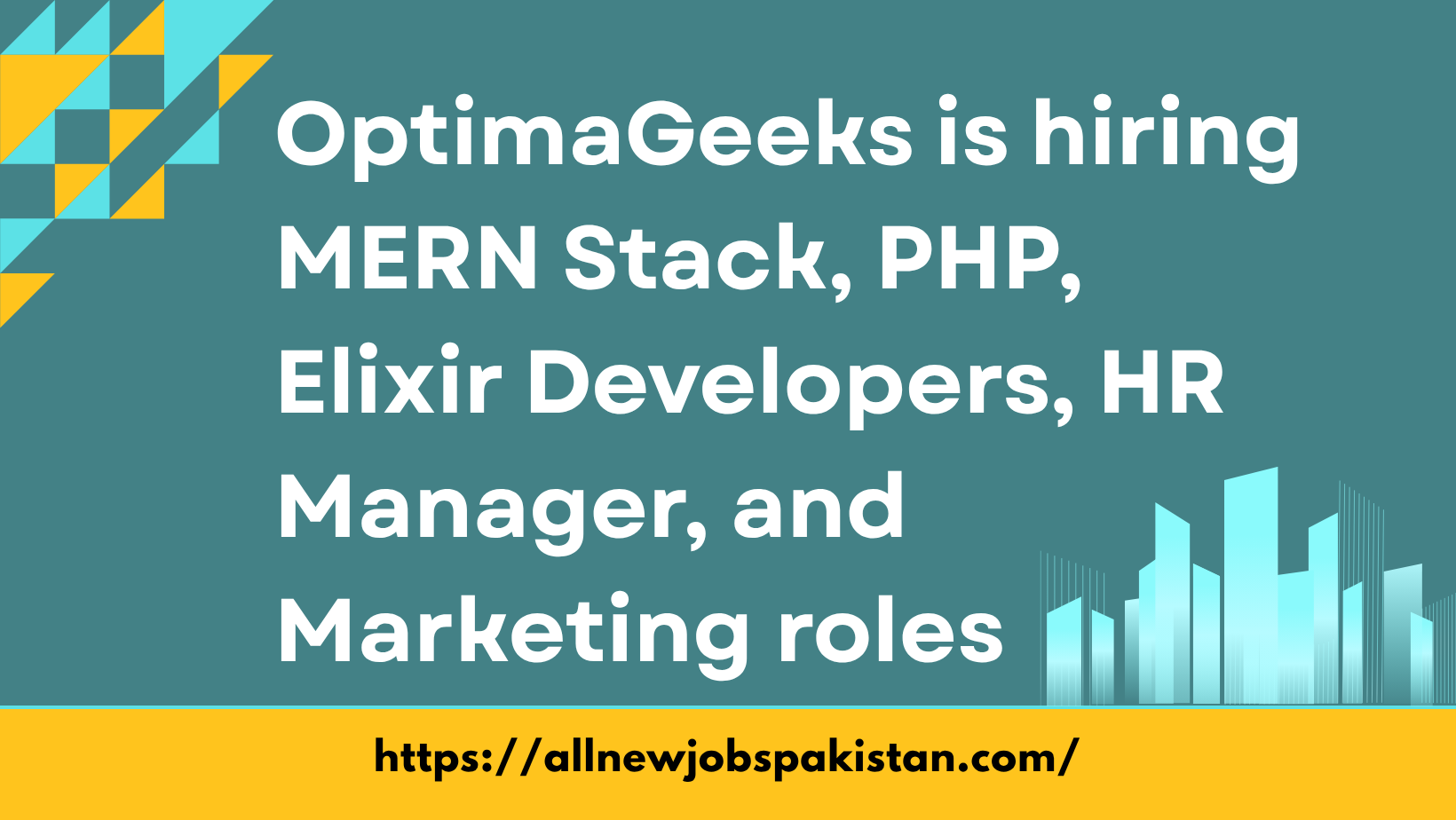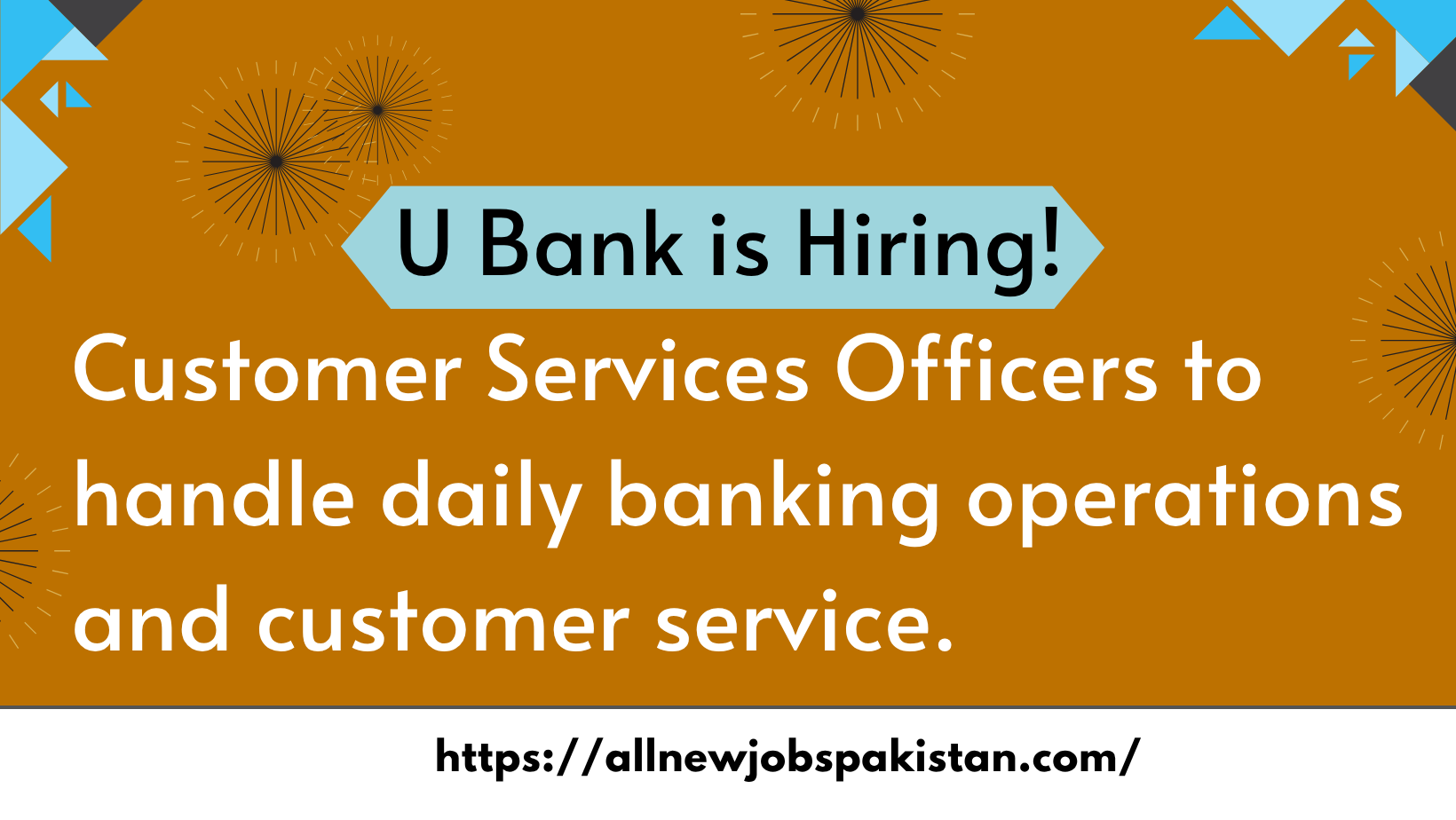-

UNIDO Senior Health Insurance Specialist Consultancy | Home-Based
Organization: United Nations Industrial Development Organization. Duration: 3-month consultancy. Focus: Review global health insurance structures. What is the Work Model and Duration? This consultancy offers: What are the Key Responsibilities? The Senior Health…
Editor's Picks
Latest Posts
-

Business Development Intern | Entry-Level Role with Growth Potential
Location: Lahore, Karachi, Islamabad Focus: Client outreach, lead generation, CRM management. Requirements: Bachelor’s degree, 0-1 year experience, strong communication skills. What are the Key Responsibilities? The intern…
-

Data Engineer Job | 2+ Years Experience
Location: Islamabad. Experience: 2+ years. Skills: SQL, Python, ETL tools, Cloud platforms. What are the Key Responsibilities? The Data Engineer will design, build, and maintain reliable data infrastructure.…
-

OptimaGeeks Job Openings in Lahore | Multiple Tech & Business Roles
Location: Johar Town, Lahore (Onsite) Timings: 9 AM – 6 PM. Open Roles: MERN Stack, PHP, Elixir Developers, HR Manager, Business Developer, Email Marketer, Upwork Bidder, Video Editor.…
-

UNESCO Internship Programme 2025 | Apply for 12 Internships
Programme: UNESCO Internship 2025. Positions: 12 across multiple sectors. Eligibility: Students & recent graduates. UNESCO Internship Programme 2025 UNESCO is hiring for 12 internship positions in 2025, offering…
-

Funded PhD & MSc Positions in Cybersecurity & AI | University of Guelph
Positions: Funded MSc & PhD. Location: University of Guelph, Canada. Start: Winter/Fall 2026. Apply: Email CV, transcripts, and statement of interest to Dr. Wenjing Zhang. Funded MSc and PhD…
-

SPSC Hyderabad Job Advertisement 2025 | Apply for Government Posts
Organization: Sindh Public Service Commission, Hyderabad. Posts: Multiple Govt Positions – Assistant Chief Inspector (BS-17) & Inspector of Stamps (BS-16) Fee: Rs. 500 via PSID challan. SPSC…
-

Content Copywriter Job in Lahore | Programmx
Role: Content/Copywriter. Location: Bahria Town, Lahore (Onsite) Experience: 1-2 years. Content / Copywriter – Onsite (Bahria Town, Lahore) We are hiring a full-time, onsite Content/Copywriter to create engaging…
-

Pakistan Navy PN Cadet Recruitment | Permanent Commission 2026-A
Role: PN Cadet (Permanent Commission). Registration: 12 Oct – 02 Nov 2025. Eligibility: Male citizens, 16½-21 years (Civilians) Join Pakistan Navy as a PN Cadet for Permanent Commission…
-

Remote Business Development Specialist Job | ZS Global
Role: Business Development Specialist. Company: ZS Global. Compensation: Fixed PKR Salary + USD Commission. Experience: 2-3+ years in IT/Software biz dev. Apply: careers@zs-global.us What is the Role Overview? This role…
-

WAPDA Paid Internship Programme for Fresh Graduates | Apply Now
Duration: 8 Weeks. Stipend: 20,000 PKR/month. Eligibility: Fresh graduates (max age 26, min CGPA 2.8) Total Seats: 50 across multiple disciplines. What is the WAPDA Internship Programme? This is…
Editor's Picks
-

UNIDO Senior Health Insurance Specialist Consultancy | Home-Based
-

ICT Analyst (Data & People Analytics) Job | Foreign Jobs
-

AI Partnership Consultant | UNICEF
-

Customer Services Officer Job | Rajanpur & DI Khan
-

Hong Kong PhD Fellowship Scheme 2026 | 400 Fully Funded Positions
-

React Native & Firebase Internship | Lahore
-

Territory Sales Manager Job | Clazona
-

Female Graphic Designer & Social Media Manager Jobs | Islamabad










